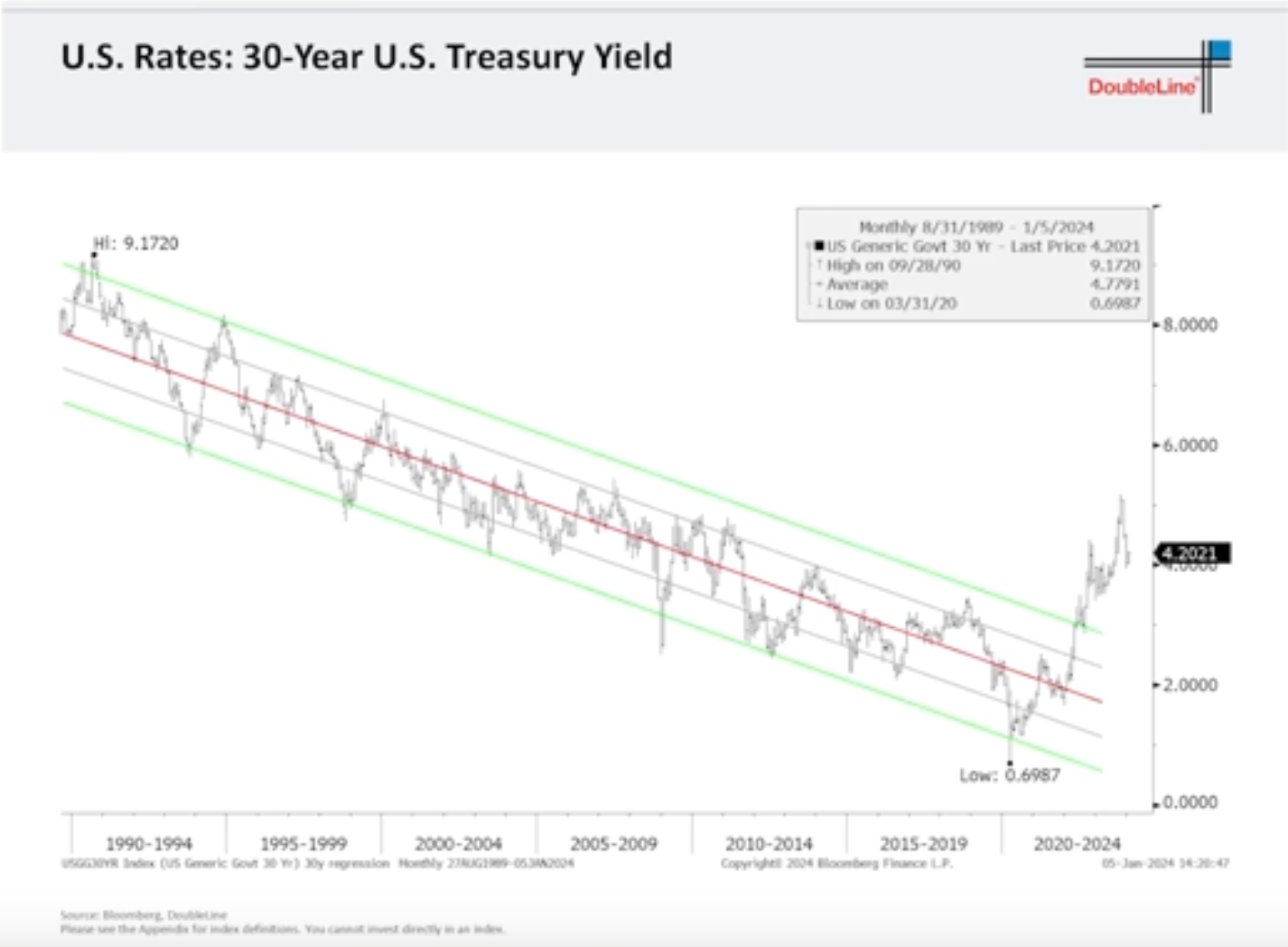

Historically, a yield curve inversion has been a precursor to recessions. In 2023, the yield curve had been inverted for a length of time generally preceding economic contractions, suggesting a high probability of a recession in 2024.
In 2023, financial markets experienced a generally positive year outside of the commodity and currency complexes. Notable performances included:
Historically, a yield curve inversion has been a precursor to recessions. In 2023, the yield curve had been inverted for a length of time generally preceding economic contractions, suggesting a high probability of a recession in 2024.

The leading economic indicators have shown a negative trend, with manufacturing weakening followed by a handoff to a stronger services sector. This pattern, coupled with the distortionary effects of monetary stimulus from previous years, makes economic analysis challenging.
The unemployment rate, traditionally a lagging indicator, began to show signs of increasing. Historically, once unemployment starts rising, it tends to accelerate quickly, particularly in the context of recessionary periods.
There have been significant downward revisions in employment data, raising concerns about the reliability of initial employment reports.
The U.S. budget deficit remained high despite low unemployment, diverging from historical trends. As interest rates rise, the federal interest expense as a percentage of tax revenue is also increasing, foretelling potential fiscal stress.
The S&P 500 reached a double top, signaling a potentially unfavorable trade location. Earnings growth in 2023 was minimal, and there is skepticism about the forecasts for 2024, particularly in the face of a possible recession.
The credit market, especially high-yield bonds and bank loans, performed well in 2023. However, with the potential of a recession in 2024, investors may need to reassess positions in riskier bonds.
The dollar's decline could lead to better performance in gold and emerging market equities during a recession. Commodities performed weakly in 2023, which may continue until recessionary policies potentially drive prices up.
Markets rallied in 2023 and ended on a positive note, but leading indicators and economic analyses suggest the potential for a recession in 2024. This looming threat will likely require active management and a strategic response to the evolving investment landscape. Investors should prepare for volatility, with a potential decline in interest rates followed by inflationary responses to economic weakness.